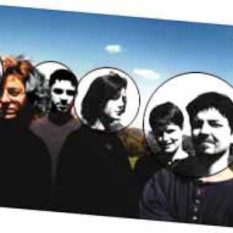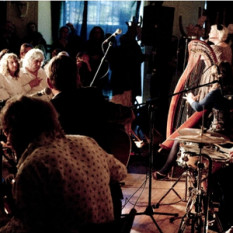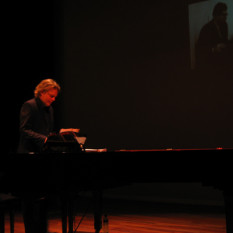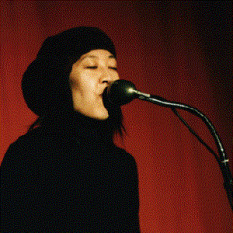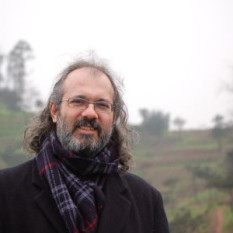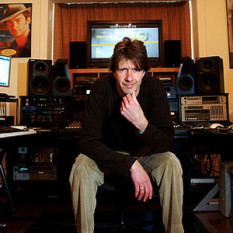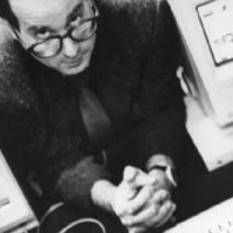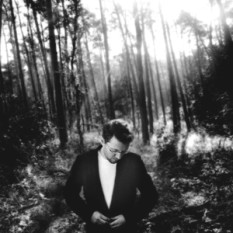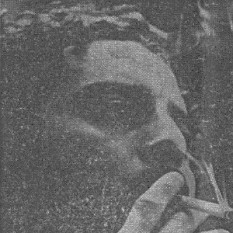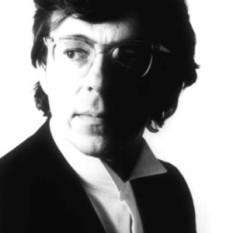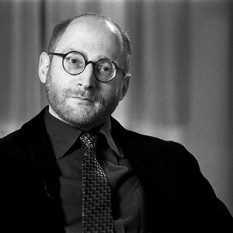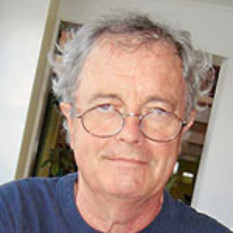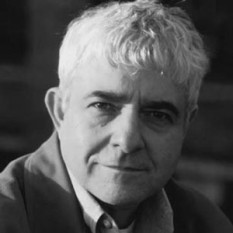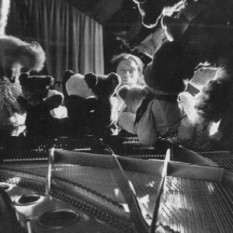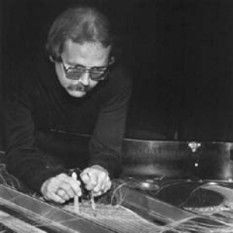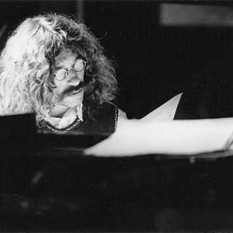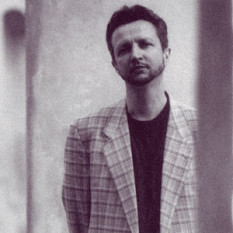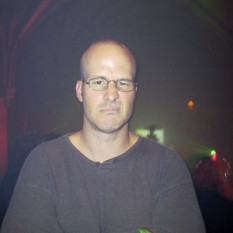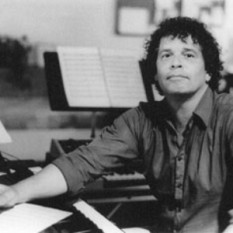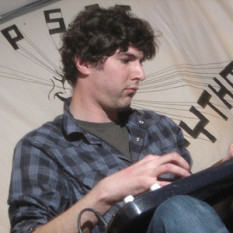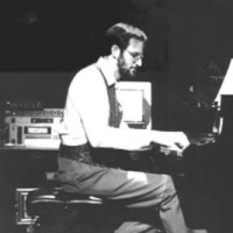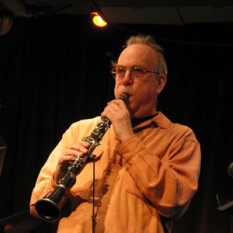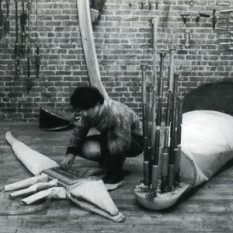Minimalist music is an originally American genre of experimental or Downtown music named in the 1960s. It is based on the musical language and instrumentation of three very diffierent types: African percussion, Indonesian Gamelan and Western tonality. It uses tonal harmonies, steady pulse (if not immobile drones), stasis and slow transformation, and often reiteration of musical phrases or ostinatos/riffs such as figures, motifs, and cells, using three basic techniques - looping, layering and phase shifting. Steve Reich is the best-known minimalist composer, but many others have pioneered and developed the style, such as Terry Riley, John Adams, Philip Glass, Michael Nyman, Arvo Part and John Tavener.
The term "minimalist music" was derived around 1970 by Michael Nyman from the concept of minimalism, which was earlier applied to the visual arts. For some of the music, especially that which transforms itself according to strict rules, the term "process music" has also been used. Today it also refers to to some tupes of dance or avant-garde music as minimal techno, minimal electro, minimal... it is often used as an adjective , to describe repetitive, rhythmic or slightly changing types of sound...
Listen to free streams of Minimalist Classical Music, 24/7 at Sad Classical Music Radio :
www.sadclassicalmusic.com/ .


